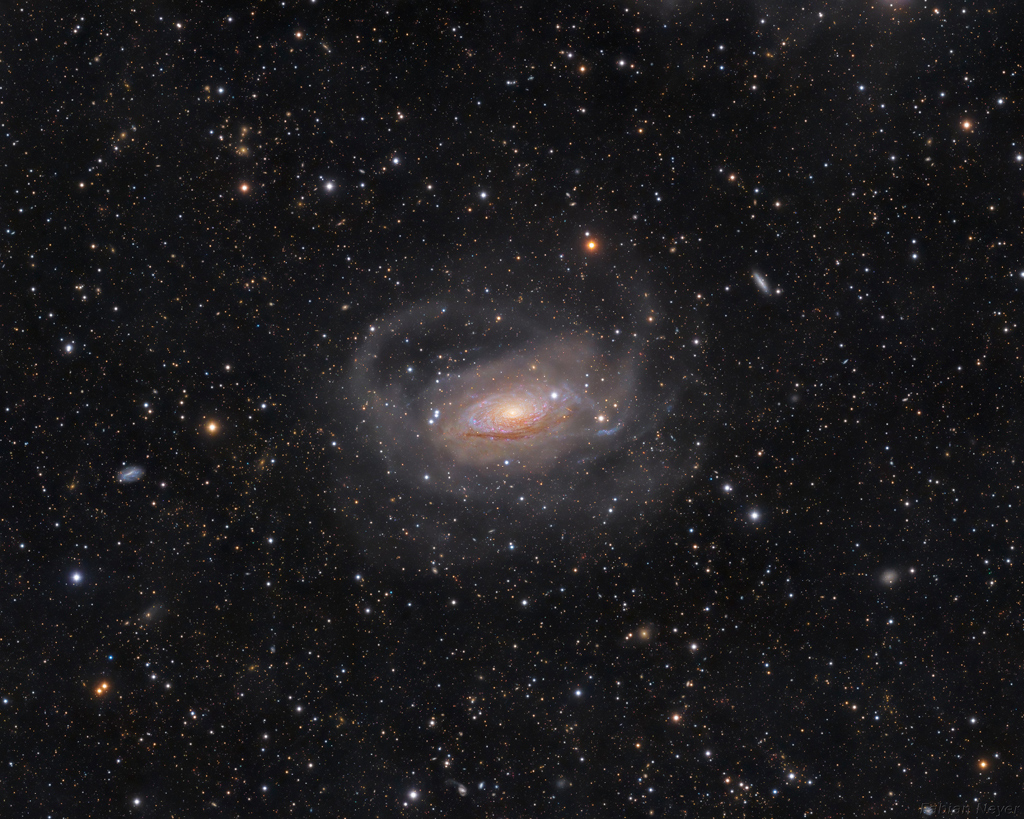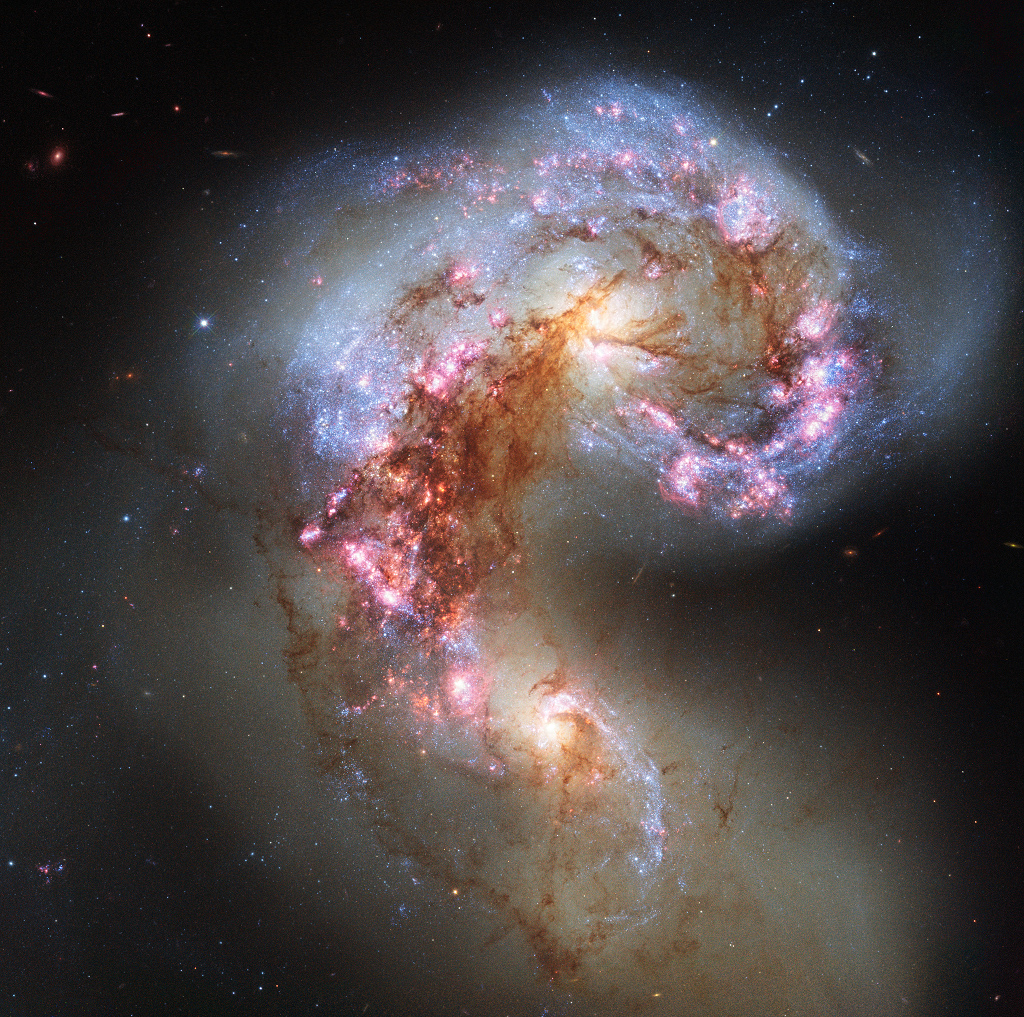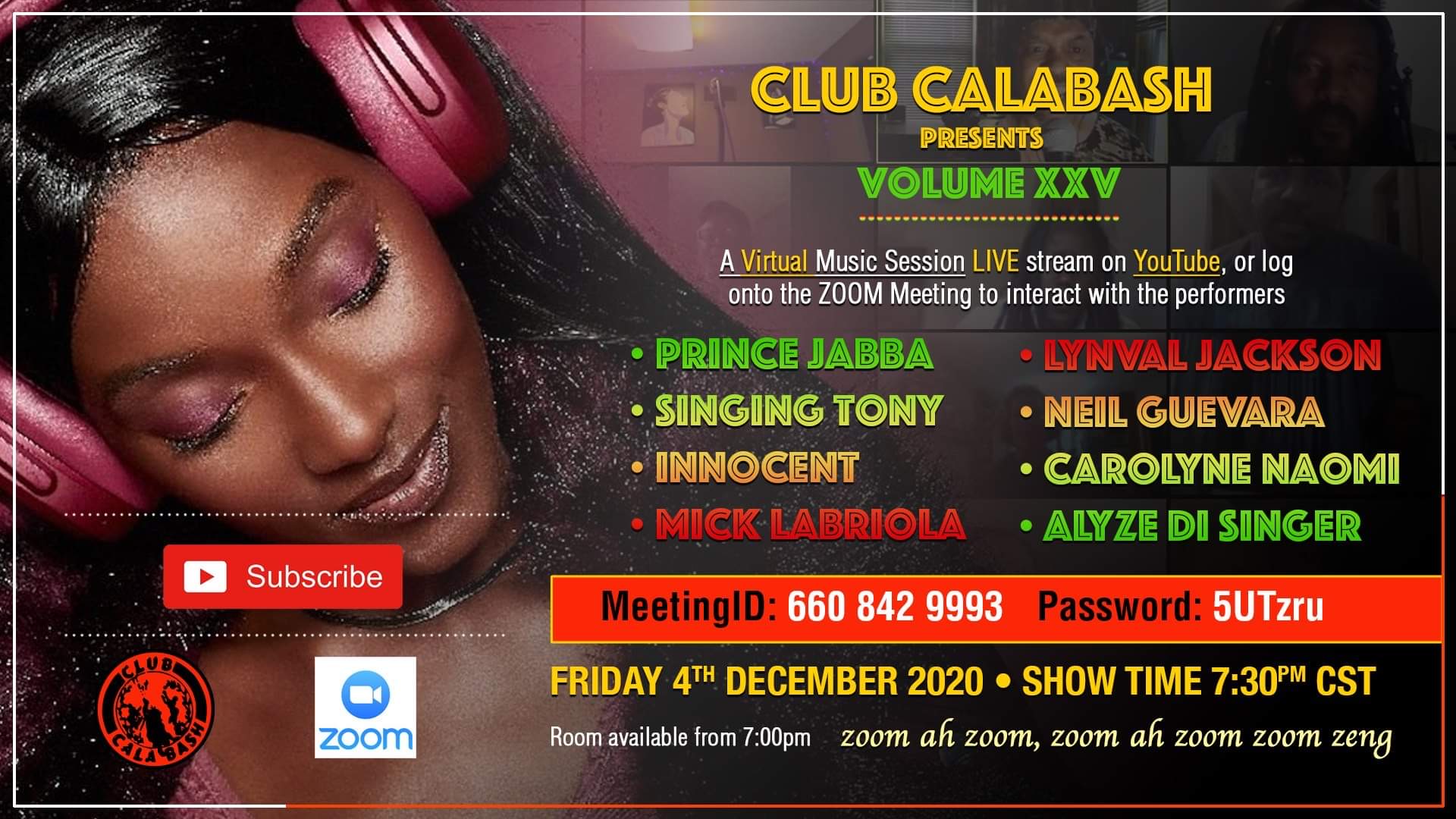Blog
Art Davis (December 5, 1934 – July 29, 2007) was a double-bassist, known for his work with Thelonious Monk, John Coltrane, Dizzy Gillespie, McCoy Tyner and Max Roach.
Davis was born in Harrisburg, Pennsylvania, where he began studying the piano at the age of five, switched to tuba, and finally to bass while attending high school. He studied at Juilliard and Manhattan School of Music but graduated from Hunter College.
As a New York session musician, he recorded with many jazz and pop musicians and also in symphony orchestras such as the New York Philharmonic and Los Angeles Philharmonic. He recorded with Dizzy Gillespie, Max Roach, and John Coltrane among other jazz musicians. Art Davis was a professor at Orange Coast College.
Davis is also known for starting a legal case that led to blind auditions for orchestras.
Davis earned a Ph.D. in clinical psychology from New York University in 1982. He moved in 1986 to southern California, where he balanced his teaching and practicing of psychology with jazz performances.
Davis died on July 29, 2007 following a heart attack. He was survived by two sons and a daughter.
more...Richard Wayne Penniman (December 5, 1932 – May 9, 2020 Macon, GA), known as Little Richard, was an American musician, singer, and songwriter. He was an influential figure in popular music and culture for seven decades. Nicknamed “The Innovator, The Originator, and The Architect of Rock and Roll“, Richard’s most celebrated work dates from the mid-1950s, when his charismatic showmanship and dynamic music, characterized by frenetic piano playing, pounding back beat and raspy shouted vocals, laid the foundation for rock and roll. Richard’s innovative emotive vocalizations and uptempo rhythmic music also played a key role in the formation of other popular music genres, including soul and funk. He influenced numerous singers and musicians across musical genres from rock to hip hop; his music helped shape rhythm and blues for generations.
“Tutti Frutti” (1955), one of Richard’s signature songs, became an instant hit, crossing over to the pop charts in both the United States and overseas in the United Kingdom. His next hit single, “Long Tall Sally” (1956), hit No. 1 on the Billboard Rhythm and Blues Best-Sellers chart, followed by a rapid succession of fifteen more in less than three years. His performances during this period resulted in integration between White Americans and African Americans in his audience. In 1962, during a five-year period in which Richard abandoned rock and roll music for born again Christianity, concert promoter Don Arden persuaded him to tour Europe. During this time, Arden had the Beatles open for Richard on some tour dates, capitalizing on his popularity. Richard advised the Beatles on how to perform his songs and taught the band’s member Paul McCartney his distinctive vocalizations.
Richard is cited as one of the first crossover black artists, reaching audiences of all races. His music and concerts broke the color line, drawing blacks and whites together despite attempts to sustain segregation. Many of his contemporaries, including Elvis Presley, Buddy Holly, Bill Haley, Jerry Lee Lewis, the Everly Brothers, Gene Vincent and Eddie Cochran, recorded covers of his works. Taken by his music and style, and personally covering four of Richard’s songs on his own two breakthrough albums in 1956, Presley told Richard in 1969 that his music was an inspiration to him and that he was “the greatest”.
Richard was honored by many institutions. He was inducted into the Rock and Roll Hall of Fame as part of its first group of inductees in 1986. He was also inducted into the Songwriters Hall of Fame. He was the recipient of a Lifetime Achievement Award from the Recording Academy and a Lifetime Achievement Award from the Rhythm and Blues Foundation. In 2015, Richard received a Rhapsody & Rhythm Award from the National Museum of African American Music for his key role in the formation of popular music genres and helping to bring an end to the racial divide on the music charts and in concert in the mid-1950s changing American culture significantly. “Tutti Frutti” was included in the National Recording Registry of the Library of Congress in 2010, which stated that his “unique vocalizing over the irresistible beat announced a new era in music”.
more...Alex or Aleck Miller (né Ford, possibly December 5, 1912 – May 24, 1965), known later in his career as Sonny Boy Williamson, was an American blues harmonica player, singer and songwriter. He was an early and influential blues harp stylist who recorded successfully in the 1950s and 1960s. Miller used various names, including Rice Miller and Little Boy Blue, before calling himself Sonny Boy Williamson, which was also the name of a popular Chicago blues singer and harmonica player. To distinguish the two, Miller has been referred to as Sonny Boy Williamson II.
He first recorded with Elmore James on “Dust My Broom“. Some of his popular songs include “Don’t Start Me Talkin’“, “Help Me“, “Checkin’ Up on My Baby“, and “Bring It On Home“. He toured Europe with the American Folk Blues Festival and recorded with English rock musicians, including the Yardbirds, the Animals, and Jimmy Page. “Help Me” became a blues standard, and many blues and rock artists have recorded his songs.
Miller’s date of birth is disputed. In a spoken word performance called “The Story of Sonny Boy Williamson” that was later included in several compilations, Miller states that he was born in Glendora, Mississippi in 1897. A counter claim is made that he was born Alex Ford (pronounced “Aleck”) on the Sara Jones Plantation in Tallahatchie County, Mississippi. Another claim is that he was born on December 5, 1899. David Evans, professor of music and an ethnomusicologist at the University of Memphis, claims to have found census records that Miller was born around 1912, being seven years old on February 2, 1920, the day of the census. However, it has been argued that a census record claim of age without a birth certificate is not a reliable proof, as census clerks often made mistakes, especially in rural towns where few people could read or write. Miller’s gravestone in or near Tutwiler, Mississippi, set up by record company owner Lillian McMurry twelve years after his death, gives his date of birth as March 11, 1908.
more...A bright spiral galaxy of the northern sky, Messier 63 is nearby, about 30 million light-years distant toward the loyal constellation Canes Venatici. Also cataloged as NGC 5055, the majestic island universe is nearly 100,000 light-years across, about the size of our own Milky Way. Its bright core and majestic spiral arms lend the galaxy its popular name, The Sunflower Galaxy, while this exceptionally deep exposure also follows faint, arcing star streams far into the galaxy’s halo. Extending nearly 180,000 light-years from the galactic center the star streams are likely remnants of tidally disrupted satellites of M63. Other satellite galaxies of M63 can be spotted in this remarkable wide-field image, made with a small telescope, including five newly identified faint dwarf galaxies, which could contribute to M63’s star streams in the next few billion years.

Cassandra Wilson (born December 4, 1955) is an American jazz singer, songwriter, and producer from Jackson, Mississippi. She has been described by critic Gary Giddins as “a singer blessed with an unmistakable timbre and attack [who has] expanded the playing field” by incorporating blues, country, and folk music into her work.
Cassandra Wilson is the third and youngest child of Herman Fowlkes, Jr., a guitarist, bassist, and music teacher; and Mary McDaniel, an elementary school teacher who earned her PhD in education. Her ancestry includes Fon, Yoruba, Irish and Welsh. Between her mother’s love for Motown and her father’s dedication to jazz, Wilson’s parents sparked her early interest in music.
Wilson’s earliest formal musical education consisted of classical lessons; she studied piano from the age of six to thirteen and played clarinet in the middle school concert and marching bands. When she was tired of this training, she asked her father to teach her the guitar. Instead, he gave her a lesson in self-reliance, suggesting she study Mel Bay method books. Wilson explored guitar on her own, developing what she has described as an “intuitive” approach. During this time she began writing her own songs, adopting a folk style. She also appeared in the musical theater productions, including The Wizard of Oz as Dorothy, crossing racial lines in a recently desegregated school system.
Wilson attended Millsaps College and Jackson State University. She graduated with a degree in mass communications. Outside of the classroom, she spent her nights working with R&B, funk, and pop cover bands, also singing in local coffeehouses. The Black Arts Music Society, founded by John Reese and Alvin Fielder, provided her with her first opportunities to perform bebop. In 2007, Wilson received her PhD in Arts from Millsaps College.
In 1981, she moved to New Orleans for a position as assistant public affairs director for the local television station, WDSU. She did not stay long. Working with mentors who included elder statesmen Earl Turbinton, Alvin Batiste, and Ellis Marsalis, Wilson found encouragement to seriously pursue jazz performance and moved to New York City the following year.
more...Terence Woods (born 4 December 1947 in Dublin, Ireland) is an Irish folk musician, noted for playing the mandolin and cittern, but also plays acoustic and electric guitar, mandola, five-string banjo and concertina. He is also a singer and songwriter. He is known for his membership in such folk and folk-rock groups as The Pogues, Steeleye Span, Sweeney’s Men, The Bucks and, briefly, Dr. Strangely Strange and Dublin rock band Orphanage, with Phil Lynott, as well as in a duo/band with his then wife, Gay, billed initially as The Woods Band and later as Gay and Terry Woods. Woods has toured with The Pogues on their reunion concerts.
more...James Stanley Hall (December 4, 1930 – December 10, 2013) was an American jazz guitarist, composer and arranger.
Born in Buffalo, New York, Hall moved with his family to Cleveland, Ohio during his childhood. Hall’s mother played the piano, his grandfather violin, and his uncle guitar. He began playing the guitar at the age of 10, when his mother gave him an instrument as a Christmas present. At 13 he heard Charlie Christian play on a Benny Goodman record, which he calls his “spiritual awakening”. As a teenager in Cleveland, he performed professionally, and also took up the double bass. Hall’s major influences since childhood were tenor saxophonists Coleman Hawkins, Lester Young, Paul Gonsalves, and Lucky Thompson. While he copied out solos by Charlie Christian, and later Barney Kessel, it was horn players from whom he took the lead. In 1955, Hall attended the Cleveland Institute of Music, where he majored in composition, studying piano and bass in addition to theory.
more...Edward Heywood Jr. (December 4, 1915 – January 3, 1989) was an American jazz pianist, popular in the 1940s and 1950s. Heywood was born in Atlanta, Georgia. His father, Eddie Heywood Sr., was also a jazz musician from the 1920s and provided him with training from the age of 12 as an accompanist playing in the pit band in a vaudeville theater in Atlanta, occasionally accompanying singers such as Bessie Smith and Ethel Waters. Heywood moved, first to New Orleans and then to Kansas City, when vaudeville began to be replaced by sound pictures.Heywood played with several popular jazz musicians such as Wayman Carver in 1932, Clarence Love from 1934 to 1937 and Benny Carter, who heard him in Kansas City playing with Clarence Love, from 1939 to 1940 after moving to New York City in 1938.
After starting his band, Heywood would occasionally do back-up for Billie Holiday in 1941. In 1943, Heywood took several classic solos on a Coleman Hawkins quartet date (including “The Man I Love“) and put together a sextet, including Doc Cheatham (tpt), Vic Dickenson (tb), Lem Davis (as), Al Lucas (b), and Jack Parker (d). After their version of “Begin the Beguine” became a hit in 1944, they had three successful years.“Begin the Beguine” sold over one million copies, and was awarded a gold disc by the RIAA.
https://www.youtube.com/watch?v=DSdmknZM9LY
more...Seguiriya
“Seguiriya” is one of the oldest flamenco styles. It is one of the most important with the “bulería” and “soleá”.
Etymologically, its name is supposed to derive from the “seguidilla”. A phonetic corruption has deformed it in different terms: “seguiriya”, “siguiriya”, “seguirilla” or “siguerilla”. The oldest evidence of this flamenco style is found in the late 18th century, even though its origin is still uncertain. “Seguiriya” derived from primitive “tonás”, being created between Seville and Cadiz, los Puertos, Jerez and Triana neighborhood.
“Livianas” and “serranas” belong to the same group as this style. Both styles follow “segiriya” rhythm. Another variety is the “cabales”, which are very similar to “seguiriyas” but in a higher tone.
As singing, it has a tragic and gloomy character, enclosing main values of what is known as “cante hondo”. Lyrics are painful, tragic, about human relationships, love and death.
“Seguiriya” has few lyrics and many “quejíos”. Musical aesthetic of “seguiriya” is taken from styles such “malagueñas” or a capella (without guitar). The term “Seguiriya” appears in many literary works. Furthermore, music in some “tonadillas”appear as “seguidilla gitana”, which doesn’t match with “seguidilla flamenca”.
It is known today that its metric is based on an order inversion of the “soleá” rhythm (3 × 4 + 6 × 8). Oldest forms of this style were interpreted in the same way as “tonás”, without music accompaniment. Currently, it is accompanied by guitar. In addition, continuous tone changes and nuances make this singing as one of the most difficult to perform. Dance was introduced for the first time thanks to Vicente Escudero in 1940.
Sixty million light-years away toward the southerly constellation Corvus, these two large galaxies are colliding. The cosmic train wreck captured in stunning detail in this Hubble Space Telescope snapshottakes hundreds of millions of years to play out. Cataloged as NGC 4038 and NGC 4039, the galaxies’ individual stars don’t often collide though. Their large clouds of molecular gas and dust do, triggering furious episodes of star formation near the center of the wreckage. New star clusters and interstellar matter are jumbled and flung far from the scene of the accident by gravitational forces. This Hubble close-up frame is about 50,000 light-years across at the estimated distance of the colliding galaxies. In wider-field views their suggestive visual appearance, with extended structures arcing for hundreds of thousands of light-years, gives the galaxy pair its popular name, The Antennae Galaxies.

Joseph William “Joe” Thomas, also known as Brother Cornbread (December 3, 1902 – February 18, 1981) was an American jazz clarinetist and singer, closely associated with the New Orleans jazz scene.
Thomas’s first professional gig was in New Orleans with trombone player Joe Harris in 1923. Soon after that, he worked with Jack Carey, Chris Kelly, and Kid Rena. He recorded with Charles Derbigny in 1941, but the recordings were not publicly released until the 1960s, by which time Thomas had become a figure in the Dixieland revival movement. He led his own ensemble at New Orleans’s H&J Tavern for much of the 1940s, then, in 1951, became a sideman for Papa Celestin. He worked with this ensemble for years, including after Papa French and Eddie Pierson had taken over as leader. Other associations in the 1950s and 1960s included work with Freddie Kohlman, Punch Miller, the Olympia Brass Band, and on Swedish television with Sweet Emma Barrettin 1968. In the 1970s he worked with the Legends of Jazz, replacing Joe Darensbourg.
more...Antonio Francisco Javier José Soler Ramos, usually known as Padre (‘Father’, in the religious sense) Antonio Soler, known in Catalan as Antoni Soler i Ramos (baptized 3 December 1729 – died 20 December 1783) was a Spanish composer whose works span the late Baroqueand early Classical music eras. He is best known for his many mostly one-movement keyboard sonatas strongly influenced by Domenico Scarlatti, which constitute a very important, quite underrated, contribution to the harpsichord, fortepiano and organ repertoire.
more...Kanaka Dasa (1509 – 1609) was a Haridasa, a renowned composer of Carnatic music, poet, philosopher and musician.[2] He is known[3] for his keertanas and ugabhoga, compositions in the Kannada language for Carnatic music. Like other Haridasas, he used simple Kannada language and native metrical forms for his compositions.
Originally named Thimmappa Nayaka, Kaginele in Haveri district. He was born in Baada village, near Bankapura and he was a warrior at Bankapura fort. Based on one of his compositions, it is interpreted that he was seriously injured in a battle and was miraculously saved. After this incident, he gave up his profession as a warrior and devoted himself to composing music, writing literature and explaining philosophy to the common man. His early work includes poems titled Narasimha stotra, Ramadhyana Mantra, and Mohanatarangini.
https://www.youtube.com/watch?v=ufzGnD7eJ1o&t=58s
more...More Posts
- World Music with Obo Addy
- Daily Roots with Bob Marley
- The Cosmos with Fleming 1
- Ernest Ranglin Day
- Billy Drummond Day
- World Music with Lela Tataraidze
- Daily Roots with the Skatalites
- The Cosmos with NGC 6872 & IC 4970
- Paul McCartney Day
- William Hooker Day
- Rudy Rutherford Day
- World Fusion with Manika Kaur
- Daily Roots with the Congos
- Happy Fathers Day 2018
- The Cosmos with RCW 108
- Chuck Rainey Day
- Sing Miller Day
- World Music with Corvus Corax
- Daily Roots with ITSJAHMIEL
- The Cosmos with NGC 3372
